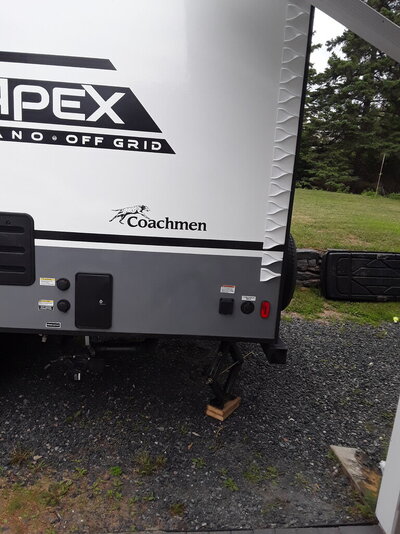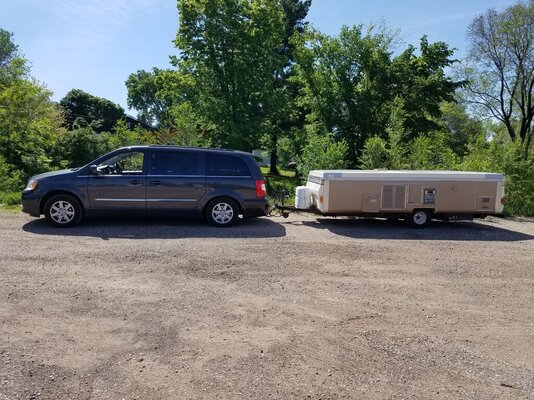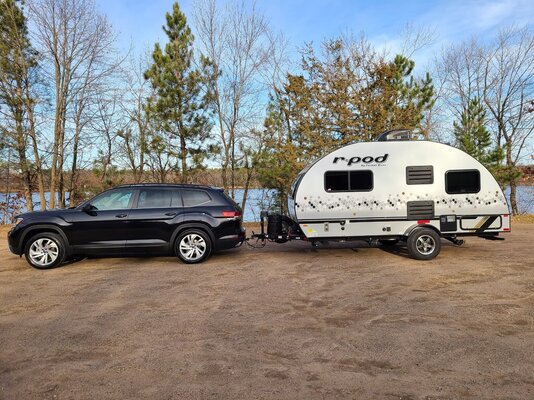Hi. The perfect shape is a teardrop, big in the front and a tail in back to reduce back pressure or vacuum. The airstream trailer comes close. I have installed air tabs on the back edge of my apex 194 which claim to be vortex breakers, similar to dimples in golf ball. They claim 5%. I Saw maybe a reduction from 22 lp100 km to 21.5, which is maybe 2%. As said in the postings, the square rears cause the majority of drag. Many of commercial wings have builtin flow disrupters builtin.
1.5 l p 100 km improvement is actually fantastic.
I am looking for improvements to extend my range. I have a 26 gallon tank- 20 usuable gallons. I have taken off my KO2 LT tires and switched to Michelin LTX series tires.
Keith
Retired Mech. Engineer
2015 Tundra, Forest River Apex 194
22 litres per 100km or aprox. 10.7 mpg at 60 mpg.



